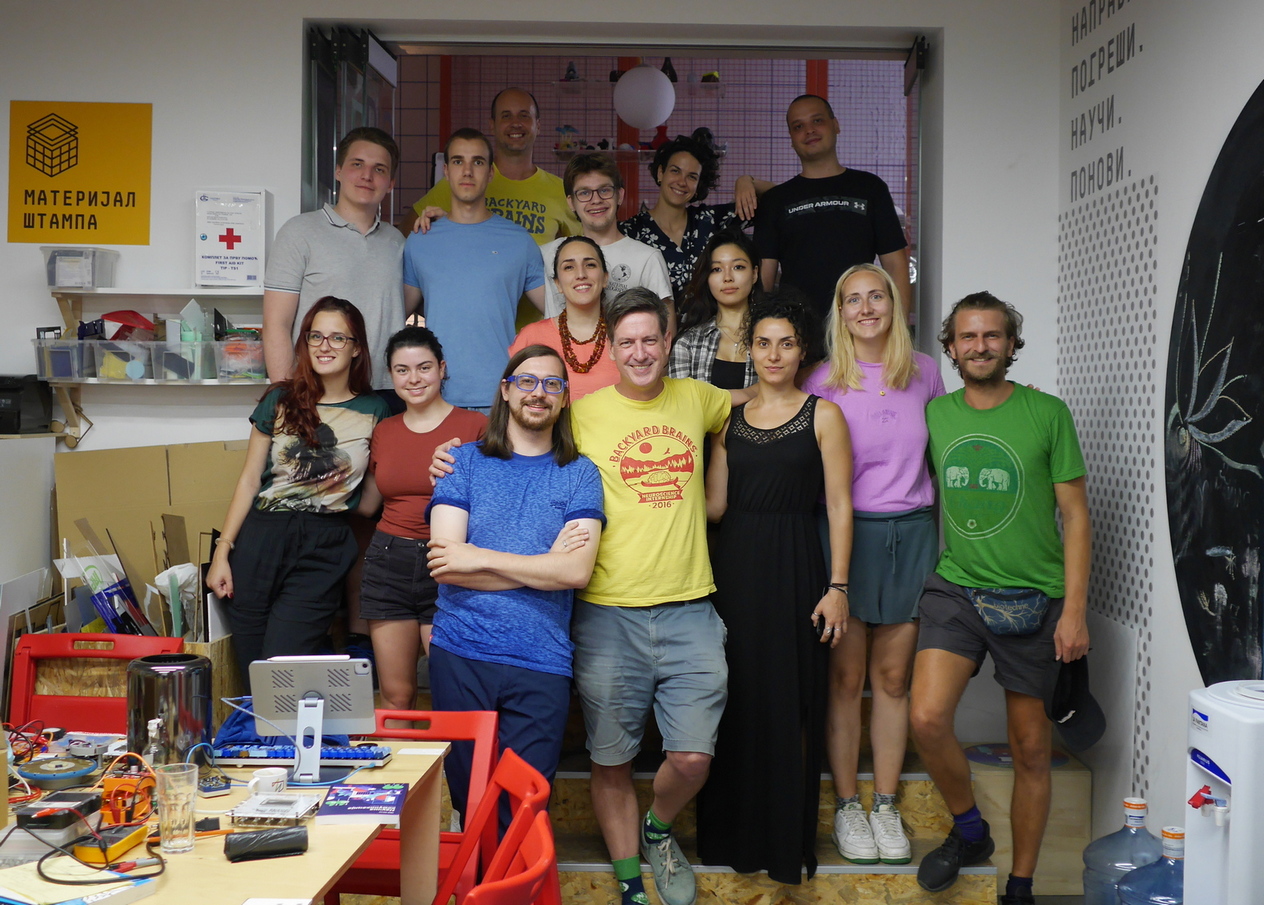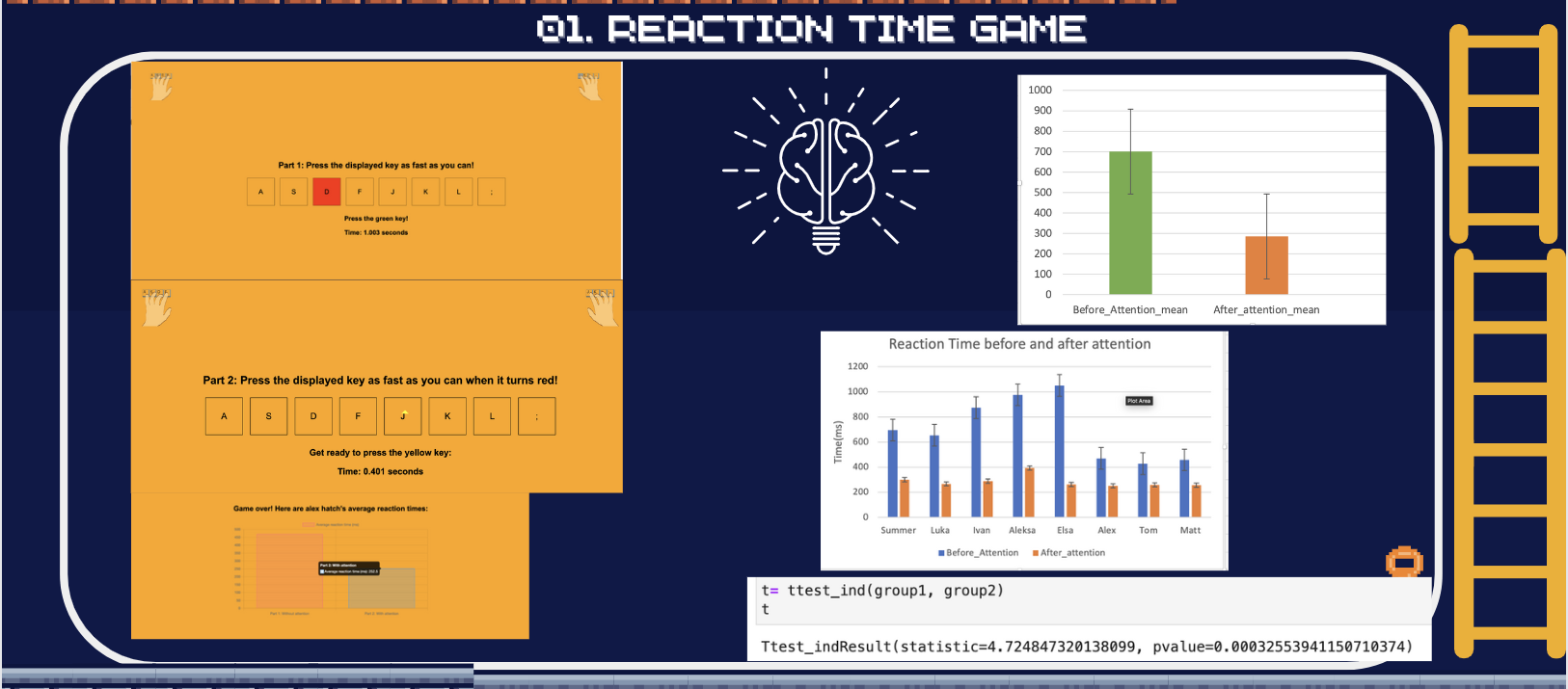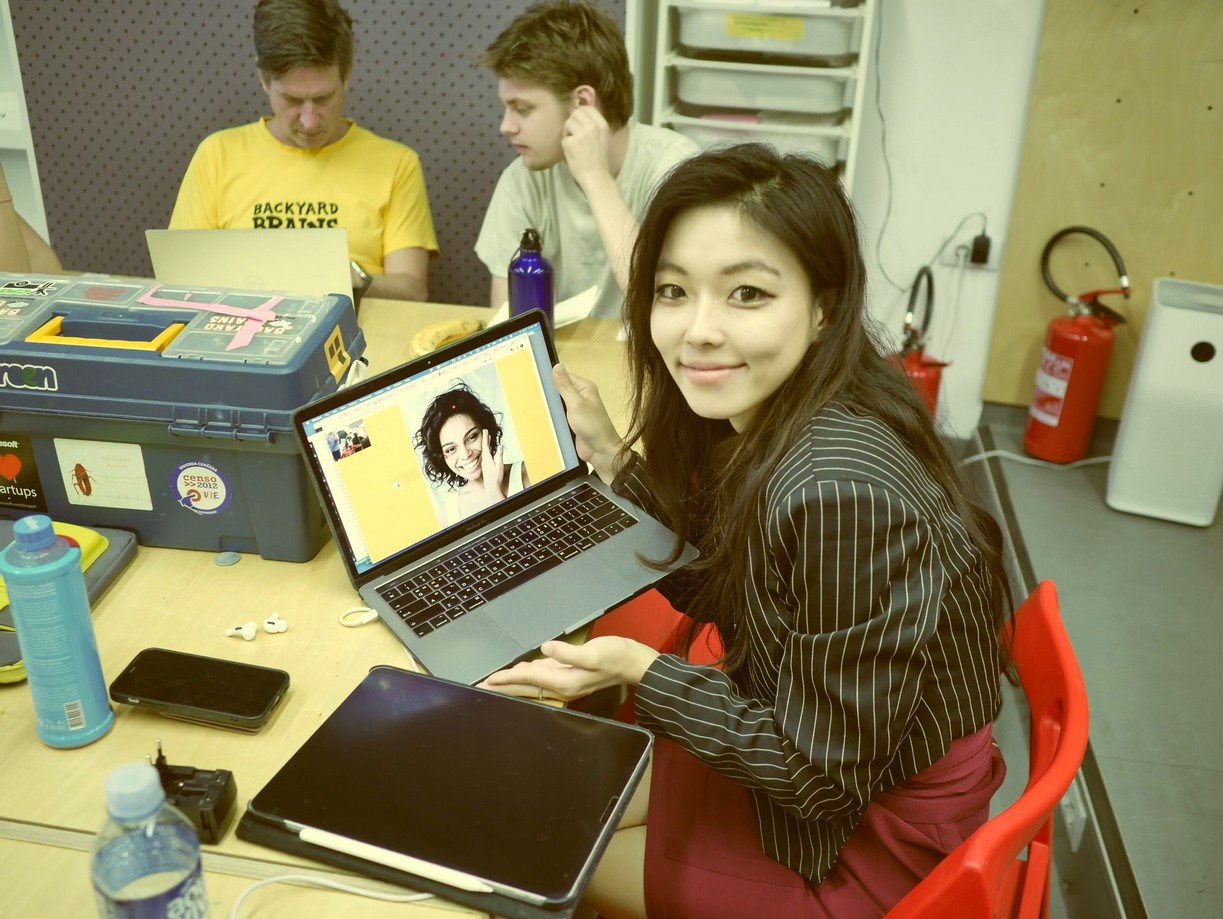-
 FellowshipOver a dozen busy bees, 5 research projects, 4 hot weeks of July, countless data, iterations and coffee cups, one book of experiments to soak it all up and present to the wider audience — and the Backyard Brains 2023 US-Serbian Summer Research Fellowship rounds off. The result will hit the shelves this fall, with […]
FellowshipOver a dozen busy bees, 5 research projects, 4 hot weeks of July, countless data, iterations and coffee cups, one book of experiments to soak it all up and present to the wider audience — and the Backyard Brains 2023 US-Serbian Summer Research Fellowship rounds off. The result will hit the shelves this fall, with […] -
 Fellowship— Written by Summer Eunhyung Ann — When we think about science and technology, we often think about something intricate and sophisticated to comprehend, such as genetic engineering or aerospace astrophysical technology. However, science and technology are a pivotal part of our mundane life. From us turning off the lights and going to bed at night to […]
Fellowship— Written by Summer Eunhyung Ann — When we think about science and technology, we often think about something intricate and sophisticated to comprehend, such as genetic engineering or aerospace astrophysical technology. However, science and technology are a pivotal part of our mundane life. From us turning off the lights and going to bed at night to […] -
 Fellowship— Written by Summer Eunhyung Ann — I am Summer, a Computer Science and Neuroscience undergraduate at the University of Michigan, a part-time artist, nerd, researcher at Michigan Medicine, and an intern at Backyard Brains for the summer. My plan is to create a do-it-yourself (DIY) eye tracker to investigate the hypothesis that humans, having evolved to […]
Fellowship— Written by Summer Eunhyung Ann — I am Summer, a Computer Science and Neuroscience undergraduate at the University of Michigan, a part-time artist, nerd, researcher at Michigan Medicine, and an intern at Backyard Brains for the summer. My plan is to create a do-it-yourself (DIY) eye tracker to investigate the hypothesis that humans, having evolved to […]